Normally, if I want to use a MOSFET to supply power to some device and switch it on/off with a logic signal I'd use this very typical MOSFET as a switch configuration:
When the switch closes, the MOSFET allows current flow, thing turns on. Nice. Here's another example with a lamp:
I've come across a design like this:
Here, when the switch closes, current gets pulled to ground, turning the thing (R_L) off. This is pretty much like an I2C data bus where we have a pull-up resistor and a transistor that pulls the bus low, only the goal here is power output, not logic.
I'm interested in why someone would want to switch off a device in this way, and also any drawbacks/flaws. Is this just a bad design in the first place?
One obvious drawback you can also see in the simulations is that R_L gets less voltage in the second configuration - just 8V. Assuming 8V is enough for R_L, what other problems could we have here?


